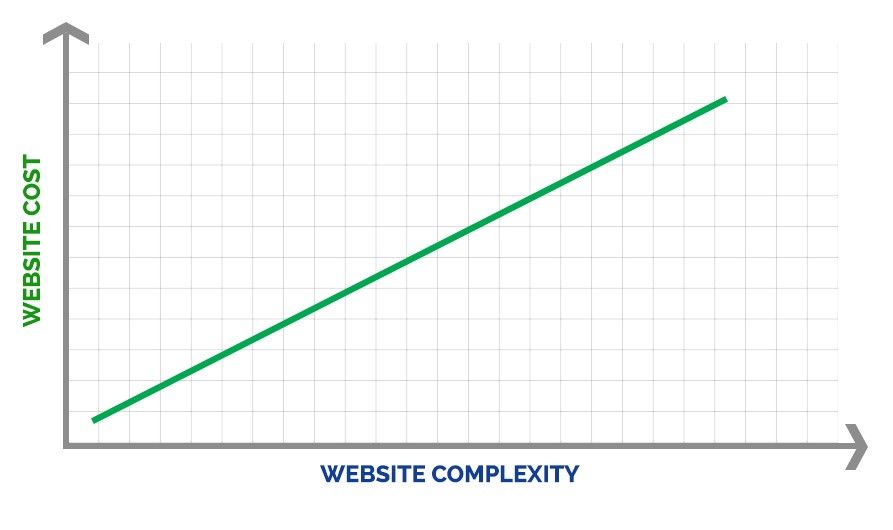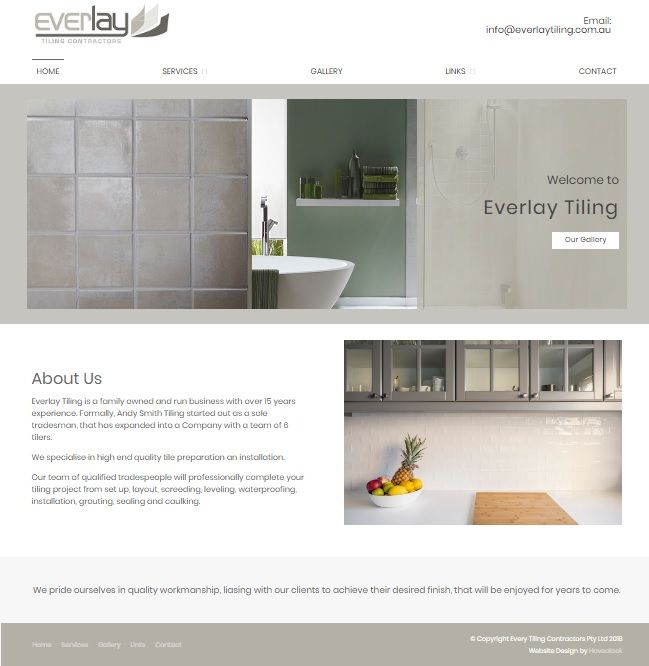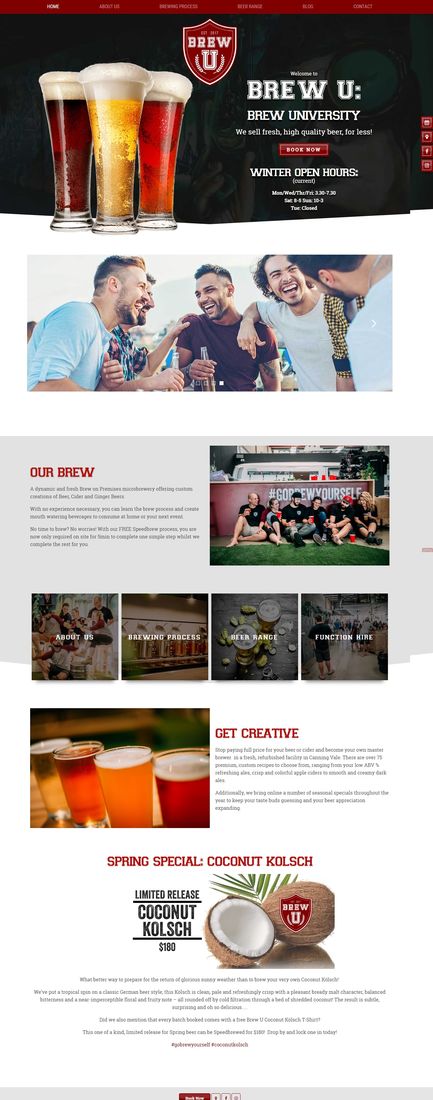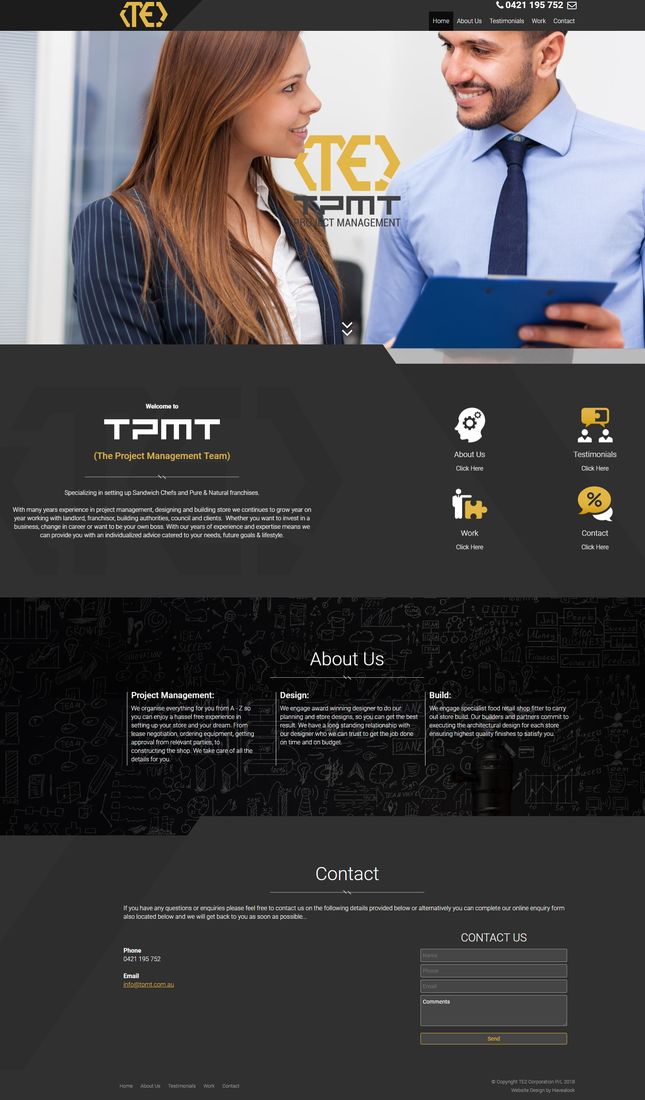It’s like walking into a shopping centre and finding yourself lost in a jungle of brands, labels and prices you can’t justify. And the internet is no different. Essentially, when you own a website, you own a slice of web real estate, and some agencies will charge you through the roof for it. But that’s not always necessary if you have a keen eye for the fine print and a knack for identifying quality – if you know the company you’re working with, you know the kind of work they are likely to create.
But this year, prices in website design have significantly increased. In fact, small businesses have been spending an average of around $1000 to $10,000 for a new site, while larger companies have splurged around $32,000. Those numbers vary, and they’re not decreasing as time goes on, thanks to the nature of user behaviour and demands and the advancements of functionalities.
Why the price increase?
Generally, rising costs are due to the shifting complexities of website design. Marketing experts and designers now have a huge responsibility of ensuring layouts and functionalities suit the evolution of user behaviour. With more demand for on-the-go features and 24/7 accessibility, designs need to cater for these changes. And they are constantly fluctuating.

However, there are a few key features to look out for when opting for a web design. If you’re looking at investing in a new company to give your business an online makeover, make sure you understand what they’re putting on the table. Some of the heftier price tags are attached to the finer print, so it pays to know what you’re getting:
Responsive design: Thanks to the rise of mobile device browsing and on-the-go user behaviour, websites now need to be responsive in nature. That means they need to be able to adapt to the screen they are being viewed from, scratching out the need for users to zoom in or unnecessarily scroll when they visit a website. These designs can often incur a larger fee. But these are one of the must-have addons, especially with Google’s recent announcement to favour mobile-responsive websites in search result rankings.
Usability testing: You’ve got a brand-spanking new website looking fresh and ready to go. But if it doesn’t do what it’s meant to do, then you’re in for some trouble. Usability testing, when done right, irons out the potential for any broken features or missed errors, making sure the finished product is market-ready.
Conversion rate optimisation: Otherwise known as CRO, conversion rate optimisation is one of those extra services web designers might nudge you towards, that can be particularly handy for ensuring your website is benefitting your business. It’s one thing to have a site live, but it needs to be a well-oiled machine that generates leads and boosts your ROI; it has to convert. However, depending on how much assessing and work there is to undertake, some companies will charge you a pretty dollar for this solution.
An inexperienced or unorganised team: The above points are all things that can add up cost wise, but are likely to benefit your website and business. However, a team that isn’t well-equipped or trained to undertake the project in the first place can be disastrous...and costly. Spending more time organising, fixing and actioning web design equates to more money out of your account, and that’s never a good thing. Know exactly what your nominated agency is capable of doing, what they promise to deliver and what they’re accountable for in regards to both timelines and quality.
Signs your web designer is costing you too much
Agencies that don’t quite understand (or care) how efficient their teams and resources are, are the ones that will end up harming your bottom line the most. Knowing how these kind of professionals operate means you can keep well away from ‘disaster zones’ before you get in too deep.
Conversion optimisation, responsive design and all the other innovative features that can be tacked onto your project are worth the investment. But those that are behind these implementations need to be able to carry them out the right way. Here’s a few pointers to help you determine a good designer, from a not-so-great one…
- They don’t call you regularly: If your web designer isn’t providing you with an update routinely – perhaps weekly or fortnightly – it’s probably because they don’t have one to give. No news can be good news, but not in this case. Chances are, not a whole lot has been done, meaning more time and money spent on getting your website done over the long-run.
- They are getting too creative: Some designers love to get a little too creative. The main purpose of a site is for it to inform viewers, create leads and convert customers. If the cycle of this is too mixed up in the design of the actual page, then there’s something wrong. In fact, 76% of users say the most important element of a website is that information they’re looking for is easy to find. An agency that loses your primary messages in unnecessary creativity is one that you can afford to get rid of. Keep it simple.
- They haven’t tried to understand your brand: This happens time and time again. A business is desperate to get a website up and running ASAP. And that’s fine. But a lot of web design companies are all too happy to get something simple through the door and live – quick product, quick bucks. But that usually ends up in misaligned expectations and a complete lack of understanding in your business and core objectives. What you’re likely to get at the end of it is a site that doesn’t reflect who you are as a brand, and doesn’t function the way you need it to, ending up in wasted dollars and hours on something that’s completely wrong.
Finding a cheap web designer in 2018
It might seem a little doom and gloom, but it’s not. The moral of the story is that you can find a cheap – but quality-driven – web designer if you know what to look out for. They need to be trustworthy, have your best interests in mind and understand exactly what your business is all about. They should embrace your goals as their own.
While we don’t want to toot our own horn, Havealook demonstrates the ideal way you can achieve sleek, functional web design, without the hefty price tag to go with it. Here’s a few examples of our packages in action:
Lite - $795

Economy - $1,595

Premium - $2,095

The Works - $2,795

The reason why we feel it’s important to note these options is to convey how affordable web design can still be a reality in 2018. The cost of the website is ultimately up to the provider you choose for the project, but they also need to be up to scratch in their output. Assess their team, reviews and match that information with the fee they ask for. Does it all add up?
Here’s a comparison of prices you are likely to find from other web design companies:
| Product | Company 1 | Company 2 | Company 3 |
| Basic website (static) | $10,000 | $24,000 | $30,000 |
| eCommerce website | $25,000 | $55,000 | $100,000 |
If you compare those figures to the solutions provided by other agencies, like Havealook, it’s easy to note that cheaper options are out there, without the sacrifice on quality just as you saw with our examples above. Thanks to our custom-built CMS, we’re able to build our websites more efficiently, with less resources required and more accessibility for the user as a result. This decreases our fees across the board. Win-win.
If you’d like to find out more about Havealook’s web design products and services, please get in touch on 1300 367 009. For more information on our pricing, head to this page.
